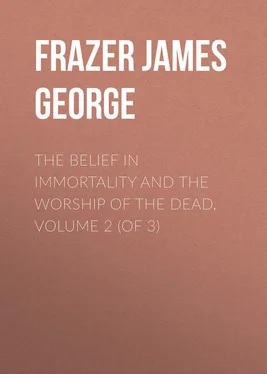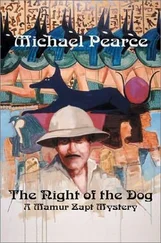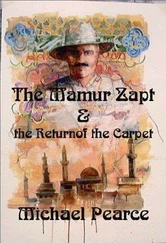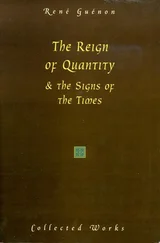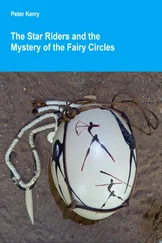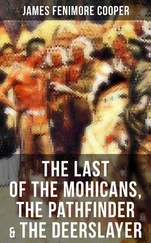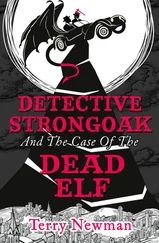Charles Wilkes, Narrative of the United States Exploring Expedition , iii. 22.
W. Mariner, Tonga Islands , ii. 101-103.
Sarah S. Farmer, Tonga and the Friendly Islands , pp. 132 sq. As to Hikuleo and his long tail, see also Charles Wilkes, Narrative of the United States Exploring Expedition , iii. 23, "Hikuleo is the god of spirits, and is the third in order of time; he dwells in a cave in the island. Bulotu is most remarkable for a long tail, which prevents him from going farther from the cave in which he resides than its length will admit of." Here the god Hikuleo appears to be confused with the island of Bulotu (Bulotoo) in which he resided. Tradition wavers on the question whether Hikuleo was a god or goddess, "but the general suffrage seems in favour of the female sex." See E. E. V. Collocot, "Notes on Tongan Religion," Journal of the Polynesian Society , xxx. (1921) pp. 152, 153.
As to a custom of putting the first-born to death, see The Dying God , pp. 178 sqq. ; and for other reported instances of the custom, see Mrs. James Smith, The Booandik Tribe of South Australia (Adelaide, 1880), pp. 7 sq. ; C. E. Fox, "Social Organisation in San Cristoval, Solomon Islands," Journal of the R. Anthropological Institute , xlix. (1919) p. 100; E. O. Martin, The Gods of India (London and Toronto, 1914), p. 215; N. W. Thomas, Anthropological Report on the Ibo-speaking peoples of Nigeria , Part i. (London, 1913) p. 12. Compare E. Westermarck, Origin and Development of the Moral Ideas (London, 1906), i. 458 sqq.
W. Mariner, Tonga Islands , ii. 110 sq. , 130, 131, 139, 140.
Captain James Cook, Voyages , v. 423.
Charles Wilkes, Narrative of the United States Exploring Expedition , iii. 23. The writer here speaks of Bulotu, where he should have said Hikuleo. See above, p. 89, note1.
W. Mariner, Tongan Islands , ii. 97, 99, 103, 109 sq. See above, pp. 64 sq. , 66.
W. Mariner, ii. 130 sq. ; compare id. pp. 99, 103 sq. , 109 sq.
W. Mariner, Tonga Islands , i. 104 sq.
W. Mariner, Tonga Islands , ii. 110, 130 sq.
W. Mariner, op. cit. i. 423 sq.
W. Mariner, op. cit. ii. 99, 131.
Sarah S. Farmer, Tonga and the Friendly Islands , pp. 126 sq.
See below, pp. 182 sqq. , 200 sqq.
E. E. V. Collocot, "Notes on Tongan Religion," Journal of the Polynesian Society , xxx. (1921) pp. 154 sq. , 159.
E. E. V. Collocot, op. cit. pp. 160, 161.
E. E. V. Collocot, op. cit. pp. 159 sq.
E. E. V. Collocot, op. cit. p. 162.
E. E. V. Collocot, op. cit. p. 227.
E. E. V. Collocot, op. cit. pp. 227 sq.
E. E. V. Collocot, op. cit. pp. 231 sq.
E. E. V. Collocot, op. cit. pp. 161, 233.
E. E. V. Collocot, op. cit. p. 234.
E. E. V. Collocot, op. cit. p. 234.
E. E. V. Collocot, op. cit. pp. 234 sq.
E. E. V. Collocot, op. cit. p. 232.
E. E. V. Collocot, op. cit. pp. 238 sq.
E. E. V. Collocot, op. cit. p. 229.
E. E. V. Collocot, op. cit. pp. 230, 231, 233.
E. E. V. Collocot, op. cit. pp. 230, 233.
E. E. V. Collocot, op. cit. p. 232.
E. E. V. Collocot, op. cit. p. 239.
E. E. V. Collocot, op. cit. p. 160.
See below, pp. 154 sq.
E. E. V. Collocot, op. cit. p. 239.
We have seen (p. 70) that according to Mariner the number of the original gods was about three hundred; but as to the deified noblemen he merely says that "of these there must be a vast number" ( Tonga Islands , ii. 109). In his "Notes on Tongan Religion" ( Journal of the Polynesian Society , xxx. (1921) p. 159) Mr. E. E. V. Collocot remarks: "The number of the gods, moreover, was liable to constant augmentation by the deification of the illustrious or well-beloved dead." As a notable instance he cites the case of a certain chief named Fakailoatonga, a native of Vavau, who subdued or overran a large part of Tongataboo. He was a leper, but for a long time did not know the true nature of his malady. When he learned the truth, he in disgust buried himself alive, and after his death he was elevated to the godhead. But in this deification, if Mariner is right, there was nothing exceptional; as a chief he became a god after death in the course of nature.
W. Mariner, Tonga Islands , ii. 110
Herbert Spencer, Principles of Sociology , vol. i (London, 1904) pp. 249 sqq.
Captain James Cook, Voyages , iii. 182-184.
Captain James Cook, op. cit. iii. 206.
W. Mariner, Tonga Islands , i. 144, note *. However, in another passage (i. 392, note *) Mariner tells us that, strictly speaking, the word fytoca applied only to the mound with the grave in it, and not to the house upon the mound; for there were several fytocas that had no houses on them. For other mentions of fytocas and notices of them by Mariner, see op. cit. i. pp. 386, note *, 387, 388, 392, 393, 394, 395, 402, ii. 214-218.
W. Mariner, Tonga Islands , i. 402. A little farther on (p. 424, note *) Mariner remarks that "mourners were accustomed to smooth the graves of their departed friends, and cover them with black and white pebbles."
Captain Cook, Voyages , v. 424.
Captain James Cook, Voyages , v. 342 sq.
Captain James Wilson, Missionary Voyage to the Southern Pacific Ocean , pp. 240 sq.
Captain James Wilson, op. cit. p. 244.
W. Mariner, Tonga Islands , i. 387 sq.
W. Mariner, Tonga Islands , ii. 213 sq.
(Sir) Basil Thomson, "Notes upon the Antiquities of Tonga," Journal of the Anthropological Institute , xxxii. (1902) p. 86.
Читать дальше
